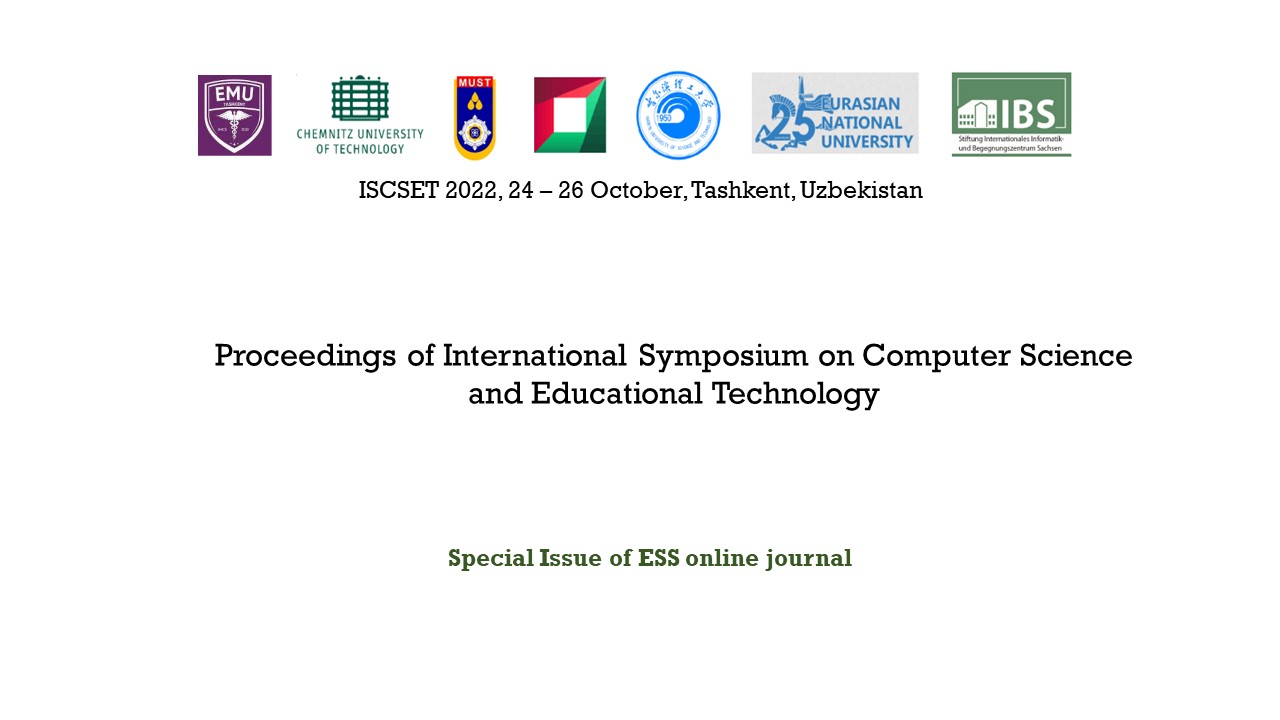Study Results of the e-Learning Readiness of Mongolian Students
DOI:
https://doi.org/10.14464/ess.v9i3.532Abstract
While the pandemic has increased the use of e-learning in education, access varies by location. In order to determine what kind of policy support is needed to support e-learning in the future, it was found that the readiness of students for e-learning is at average level. The purpose of this study is the correlation between the e-learning readiness and technical skills, the ability to communicate with the teacher, the ability to communicate with colleagues, and the communication skills of our country's high school students using an international survey questionnaire. Research analysis were done using SPSS. According to the study results, the location of the schools, the age and gender of the students do not affect the e-learning readiness. However, the fact that the student has his own computer and has sufficient Internet access affects the readiness of e-learning. According to the correlation analysis, technical competence, communication competence with the teacher, communication competence with colleagues, and communication competence are positively related to each other. Also, a survey of students' e-readiness was taken from the teacher, and a discrepancy was observed between the students and the teachers.

Downloads
Published
Issue
Section
License
Copyright (c) 2022 Munkhbat Sharavjamts, Sanjaabadam Sid, Bayarsaikhan Batmandakh; Bayarmaa Bazarsuren

This work is licensed under a Creative Commons Attribution 4.0 International License.
Copyright for articles published in this journal is retained by the authors. The content is published under a Creative Commons Licence Attribution 4.0 International (CC BY 4.0). This permits use, distribution, and reproduction in any medium, provided the original work is properly cited, and is otherwise in compliance with the licence.


